
Electric Bike Weight Limit: Comprehensive Guide for Riders
Electric bikes are gaining popularity, and it's crucial to know the weight limit when choosing one. Understanding the weight limit helps ensure a safe and enjoyable ride.
It's important to consider both the rider's weight and any additional items, like luggage or groceries, that you might carry. Staying within the weight limit can improve the overall experience and extend the life of your electric bike.
This guide will walk you through everything you need to know about electric bike weight limits, from definitions and types to safety tips and maintenance.
What Is an Electric Bike Weight Limit?
The weight limit of an electric bike refers to the maximum combined weight of the rider, cargo, and any additional accessories that the bike can safely support. This limit is influenced by various factors such as the frame material, motor capacity, and battery size.
Explore our range of electric bikes designed to cater to different weight limits: Electric Bike Collection
Why Weight Limits Matter in an Electric Bike
Weight limits are essential for several reasons:
Safety Concerns
When you exceed the weight limit on your e-bike, you risk your safety and that of others. Overloading puts extra pressure on the bike's frame and suspension. This can lead to sudden failures while riding. It is also more difficult to control an overloaded bike, especially during turns or when stopping quickly. The increased weight can also make it harder to balance, making accidents more likely.
Another safety issue is tyre failure. E-bike tyres are designed to support a specific weight. Exceeding this can cause excess wear and a higher chance of blowouts. Riding an overloaded bike, especially at high speed or on rough terrain, can result in dangerous situations.
E-Bike Performance
E-bikes operate optimally within their design limits. When you exceed these, the performance takes a hit. Your e-bike will run slower and the battery will drain faster due to the added weight. This can limit your range, meaning you might not make it to your destination on one charge.
The motor also works harder when overloaded. Over time, this can lead to overheating and potential damage. Your ride quality will suffer as well. The increased weight strains the brakes, making it harder to stop, particularly on downhill slopes.
Warranty and Legal Implications
Exceeding your e-bike's weight limit might void your warranty. Manufacturers set weight limits to ensure customer safety and product reliability. If you go beyond this, you risk warranty support being denied for related repairs or replacements.
In addition, you might face legal implications. Insurance policies often have clauses about following manufacturer guidelines, including weight restrictions. If an accident occurs and you've exceeded the weight limit, your insurance may not cover damages or liabilities.
Your responsibility as an e-bike owner includes adhering to all guidelines. Staying within the weight limit not only keeps you legal but ensures the longevity and reliability of your bike.
Common Weight Ratings for Different Electric Bike Types
City/Commuter E-Bikes
City or commuter e-bikes typically have weight limits ranging from 220 to 300 pounds. These bikes are designed for urban environments and daily commuting.
You May Also Like Isinwheel Commuter E-bikes
Cargo E-Bikes
Cargo e-bikes are built to carry heavier loads and often have weight limits between 350 and 400 pounds. They are ideal for transporting goods or multiple passengers.
Mountain E-Bikes
Mountain e-bikes generally have weight limits of around 250 to 300 pounds. They are designed for rugged terrains and off-road adventures.
Folding E-Bikes
Folding e-bikes usually have weight limits between 200 and 250 pounds. They are perfect for those who need a portable and easy-to-store option.
You May Also Like Isinwheel Foldable E-bikes
How to Calculate Your E-Bike's Safe Load
Step-by-Step Calculation
1. Determine Total Weight: Add the weight of the rider, cargo, and any additional accessories.
2. Check Manufacturer Specifications: Compare the total weight with the weight limit specified by the manufacturer.
3. Adjust for Accessories: Ensure that any added accessories like baskets or trailers do not push the total weight over the limit.
Are Fat Tire E-Bikes More Suitable for Heavy Riders?
Key Advantages for Heavy Riders
Fat tire e-bikes offer enhanced stability and better traction, making them a good option for heavier riders.
Technical Specifications Comparison
Fat tire e-bikes generally have higher weight limits and larger tire dimensions, which contribute to their stability.
Performance Benefits
These bikes provide improved ride comfort and better handling on various terrains, making them versatile for different riding conditions.
Enhance your e-bike experience with our range of E-Bike Equipment. Check out now!
Factors to Consider When Choosing an E-Bike Weight Capacity
When selecting an electric bike, it's essential to consider various factors that influence the required weight capacity. These factors ensure that your e-bike meets your specific needs and provides a safe, efficient, and enjoyable riding experience.
Purpose of Use
The primary purpose of your e-bike significantly impacts the required weight capacity. Here are some common use cases:
Commuting: If you plan to use your e-bike for daily commuting, you'll need a model with a weight capacity that can handle not only your body weight but also any additional items you might carry, such as a backpack, laptop, or groceries. City or commuter e-bikes typically have weight limits ranging from 220 to 300 pounds.
Recreational Riding: For recreational purposes, such as weekend rides or fitness activities, consider an e-bike that offers a comfortable ride and can support any extra gear you might bring along, like water bottles, snacks, or sports equipment. Mountain e-bikes, with weight limits around 250 to 300 pounds, are often suitable for this purpose.
Cargo Transport: If you intend to use your e-bike for transporting goods or running errands, a cargo e-bike is a better choice. These bikes are designed with higher weight limits, usually between 350 and 400 pounds, and feature robust frames and storage solutions like rear racks and pannier bags.
Who Will Be Riding with You?
Understanding who will be using the e-bike is crucial for determining the appropriate weight capacity:
Single Rider: If the e-bike will primarily be used by a single rider, ensure that the weight limit comfortably accommodates your body weight and any additional items you might carry.
Multiple Riders: If you plan to ride with passengers, such as children or other adults, you'll need an e-bike with a higher weight capacity. Consider models that support child seats or have extended frames for carrying multiple riders. Cargo e-bikes or long-tail e-bikes are often suitable for this purpose.
Child Seats and Trailers: For families, it's essential to account for the weight of child seats or trailers. Ensure that the combined weight of the rider, children, and any additional gear does not exceed the e-bike's weight limit.
Terrain
The type of terrain you will be riding on plays a significant role in determining the required weight capacity of your e-bike:
Urban Terrain: If you primarily ride on flat, paved roads in an urban environment, a standard commuter e-bike with moderate weight capacity should suffice. These e-bikes are designed for smooth surfaces and regular stops and starts.
Rural Terrain: For rural areas with mixed surfaces, including gravel paths and dirt roads, consider an e-bike with a higher weight capacity and robust tires to handle uneven terrain. Hybrid e-bikes or mountain e-bikes are often well-suited for these conditions.
Hilly Terrain: Riding in hilly areas requires an e-bike with a powerful motor and sufficient weight capacity to handle the added strain of climbing inclines. Look for models with strong torque and durable frames.
-Off-Road Terrain: If your rides include off-road trails, rocky paths, or forest routes, a mountain e-bike with a higher weight limit and specialized suspension is necessary. These bikes are built to withstand the demands of rugged terrains.
By considering these factors, you can choose an electric bike that meets your specific needs and ensures a safe and enjoyable riding experience.
For more information on choosing the right e-bike for your needs, check out our guide on: Best Long-Range Electric Bike
How Does Overweight Riding Affect the Battery Life of an E-Bike?
Impact on Battery Performance
Riding with excess weight can reduce the range of your e-bike and cause increased wear and tear on the battery. To maintain battery health, ensure that you stay within the recommended weight limits.
Safety Tips for Riding with Weight in an Electric Bike
- Proper Weight Distribution: Ensure that the weight is evenly distributed to maintain balance.
- Regular Maintenance Checks: Regularly inspect your e-bike for any signs of wear and tear.
- Use Appropriate Tires and Brakes: Ensure that your tires and brakes are suitable for the weight they need to support.
For tips on maintaining your e-bike in different conditions, read: Can You Ride an Electric Bike in the Rain?
Conclusion
Understanding and adhering to the weight limits of your electric bike is crucial for safety, performance, and longevity. Always consult the manufacturer's guidelines and make informed decisions based on your specific needs.
Want to learn more about different classes of e-bikes and how they might fit your needs? Check out our detailed guide on What is a Class 1 E-Bike to make an informed choice!
Frequently Asked Questions
What happens if I exceed the weight limit on my e-bike?
Exceeding the weight limit on your e-bike can compromise its structural integrity, making it unsafe to ride. This can lead to potential accidents and mechanical failures. Additionally, it may void the manufacturer's warranty, leaving you unprotected against defects or damages.
How can I find the weight limit for my specific e-bike model?
The weight limit for your specific e-bike model can usually be found in the user manual or on the manufacturer's website. If you are unsure, it's best to contact the manufacturer directly for accurate information.
Are there any modifications to increase my e-bike’s weight limit?
While some modifications might help increase your e-bike's weight limit, it’s crucial to consult the manufacturer before making any changes. This ensures that any modifications are safe and compliant with the bike's design specifications.
Do weight limits affect the battery life of an e-bike?
Yes, riding with excess weight can significantly reduce the range and increase wear and tear on the battery. This can ultimately affect the overall lifespan and performance of your e-bike's battery.
Related Articles:
Do You Have to Pedal an Electric Bike? The Real Answer
The 5 Best Electric Bikes for Women of 2025 From Isinwheel
The Latest Posts
Explore isinwheel products
City E Scooter | Off-Road Scooter
Fastest Scooter | Kids Scooters
Electric Bike ·




















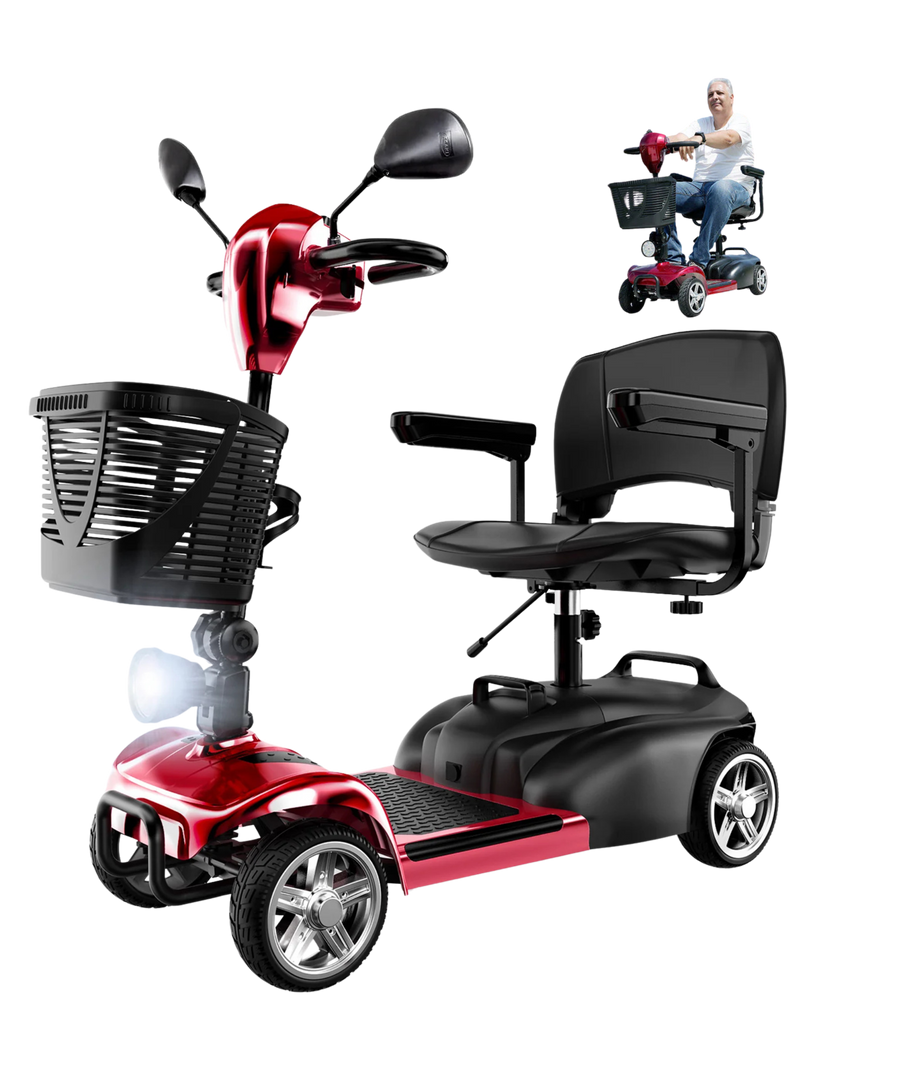

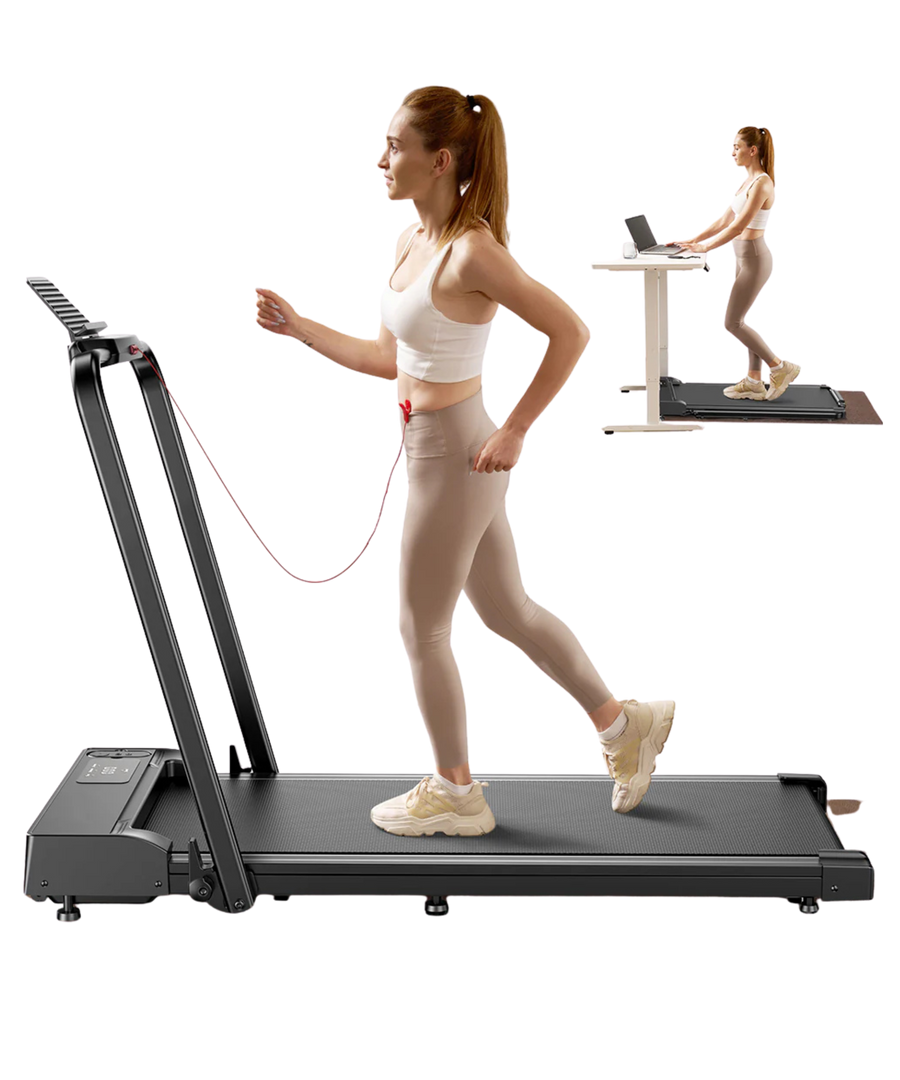






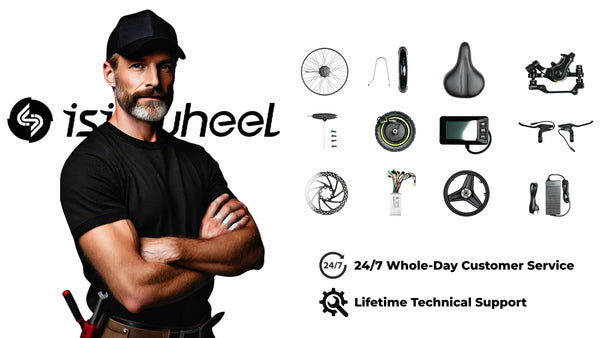













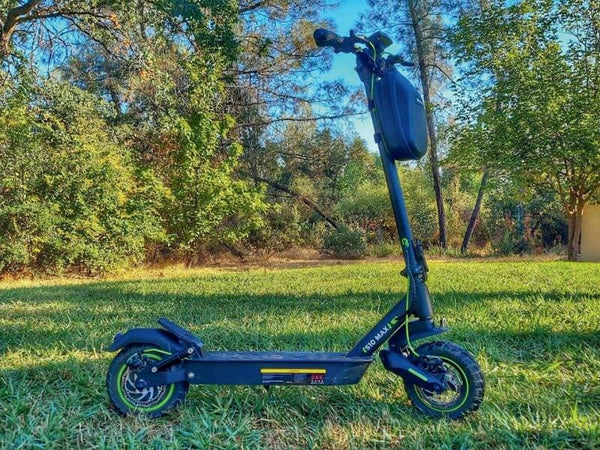

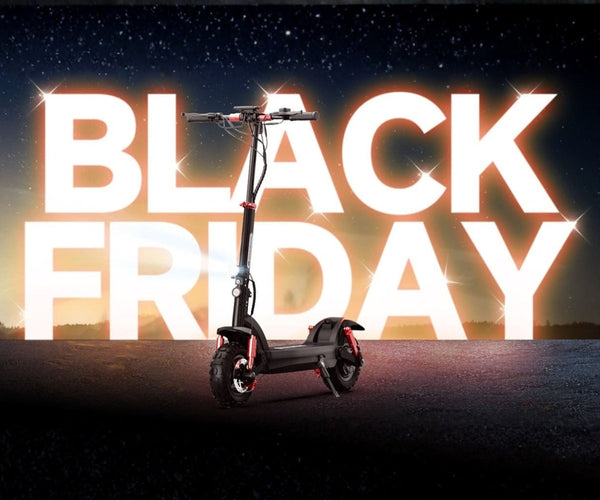
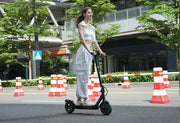

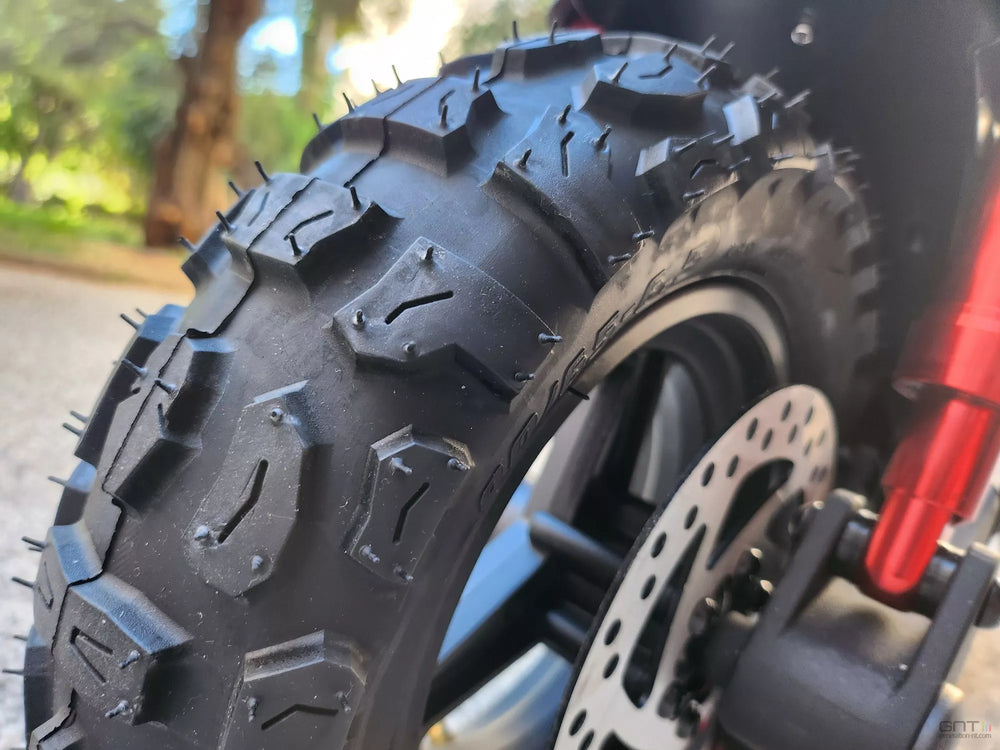
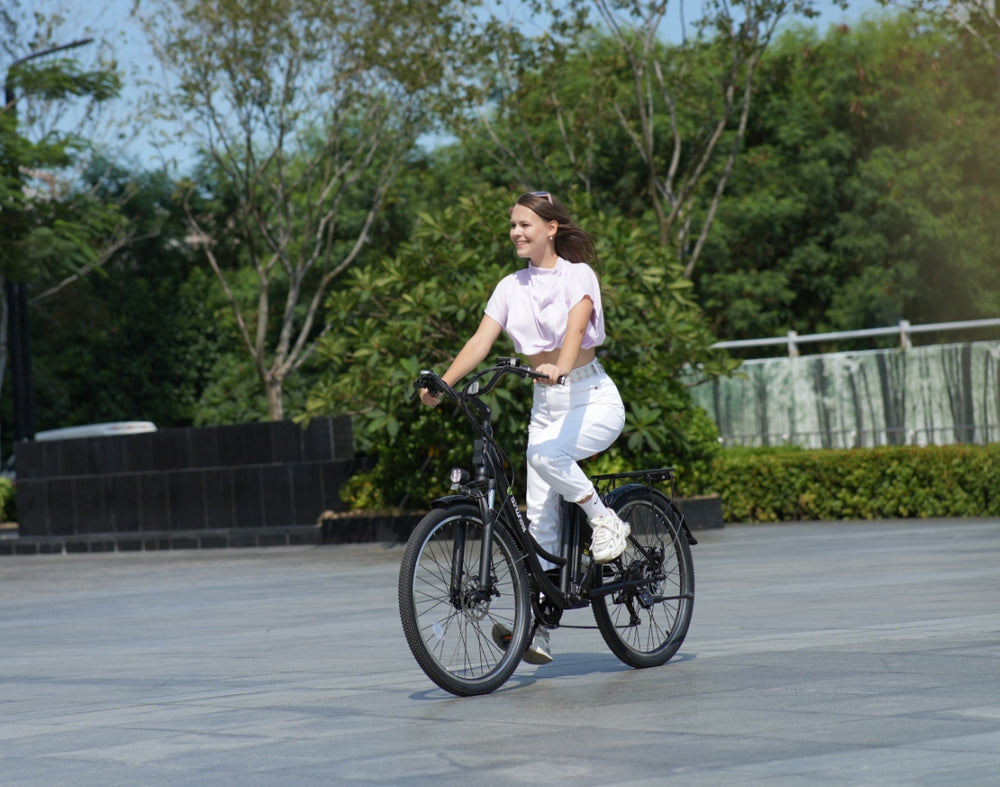
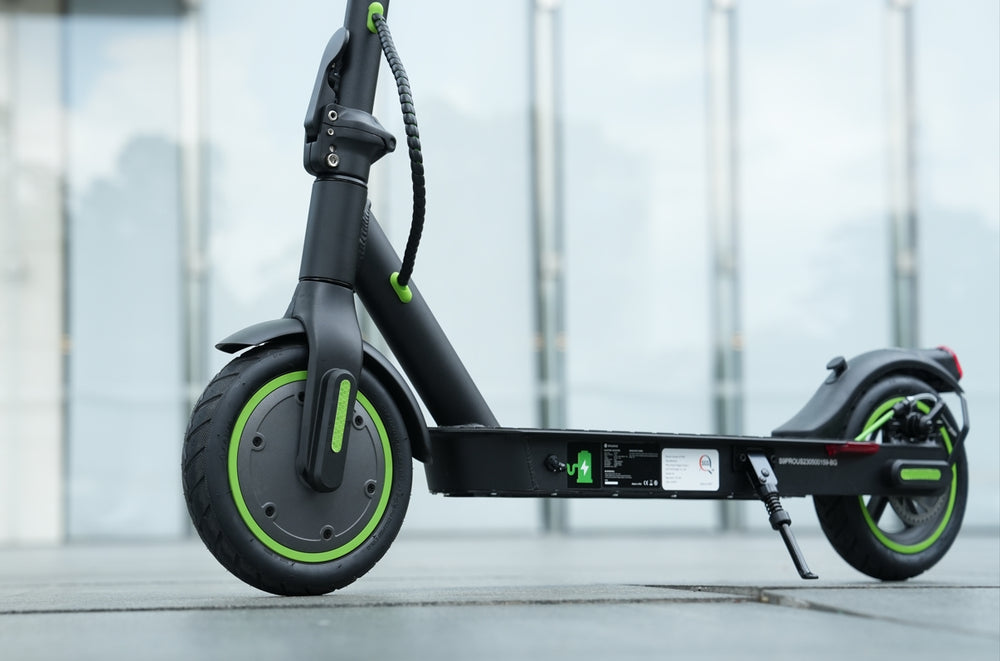
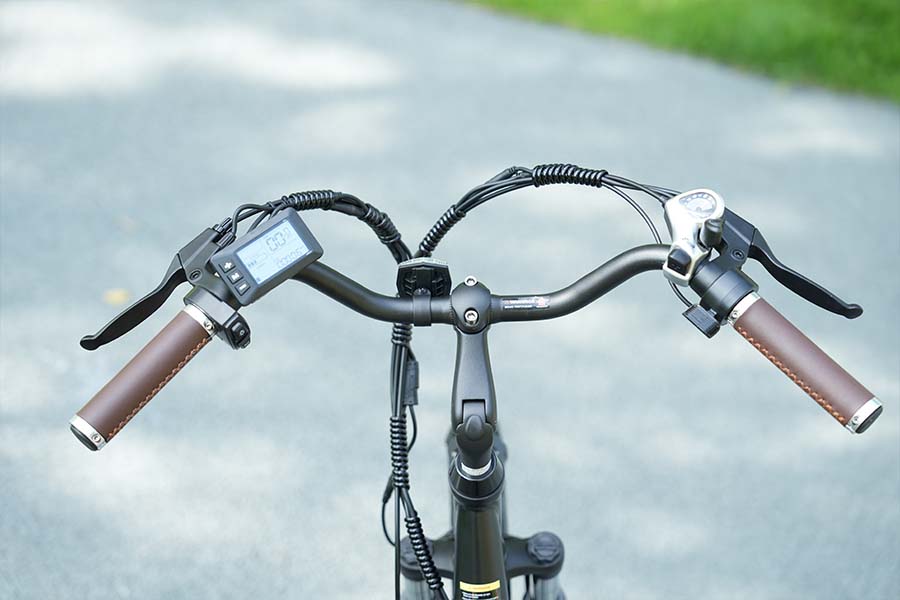

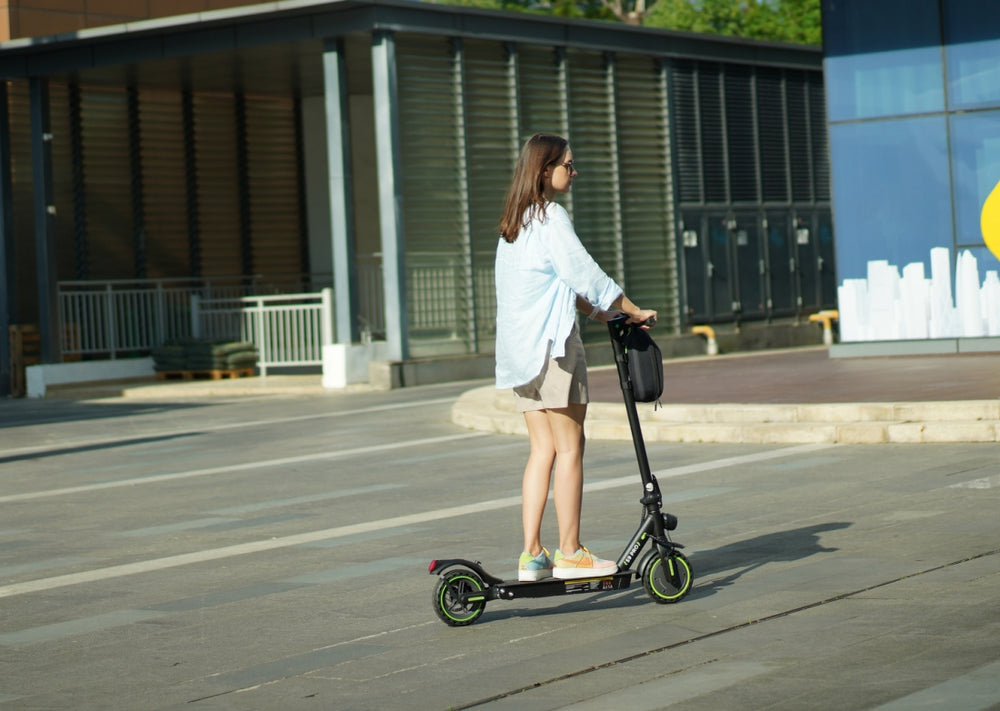


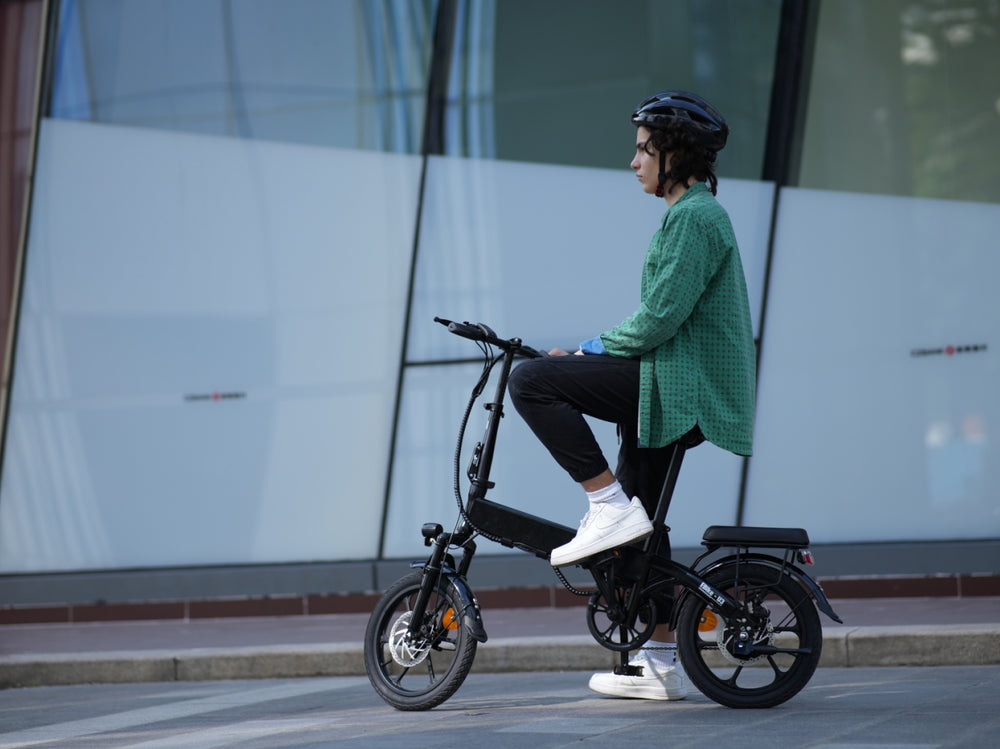
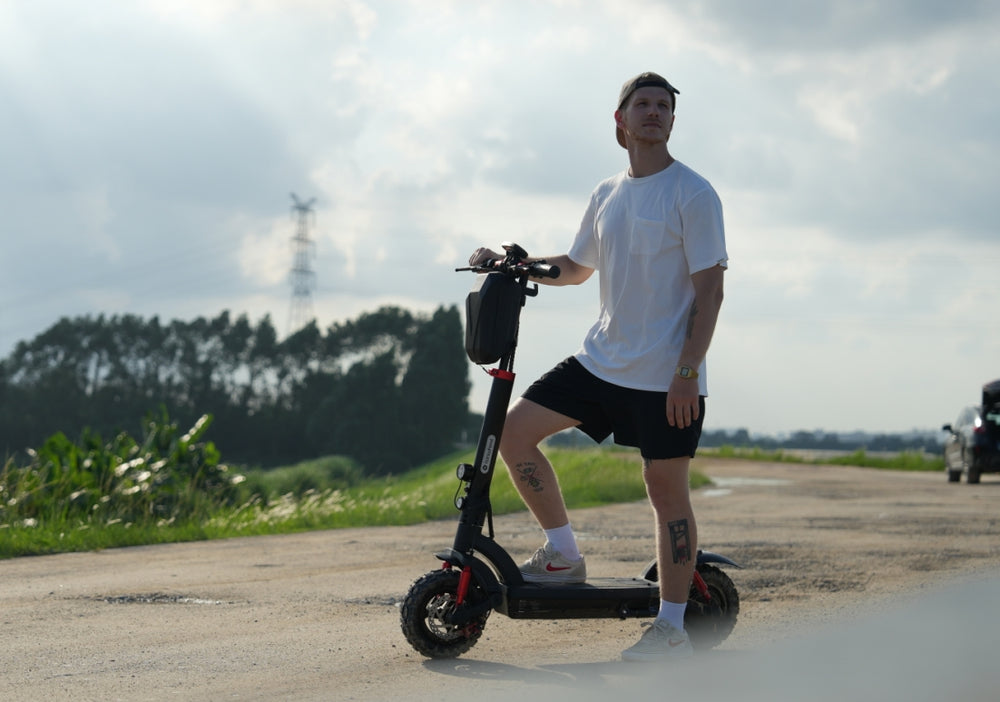
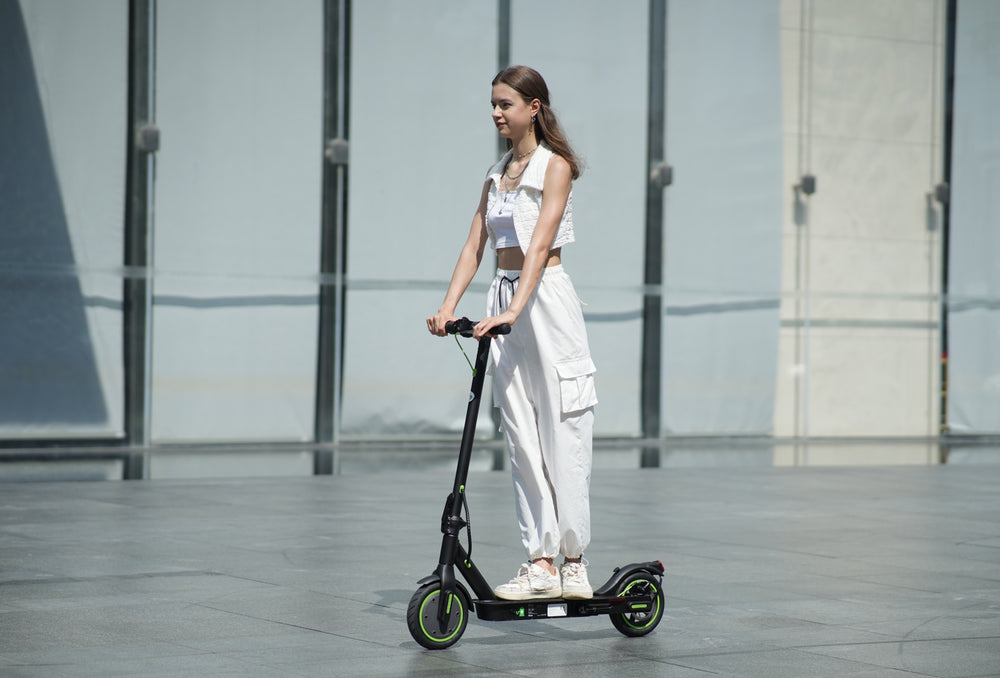

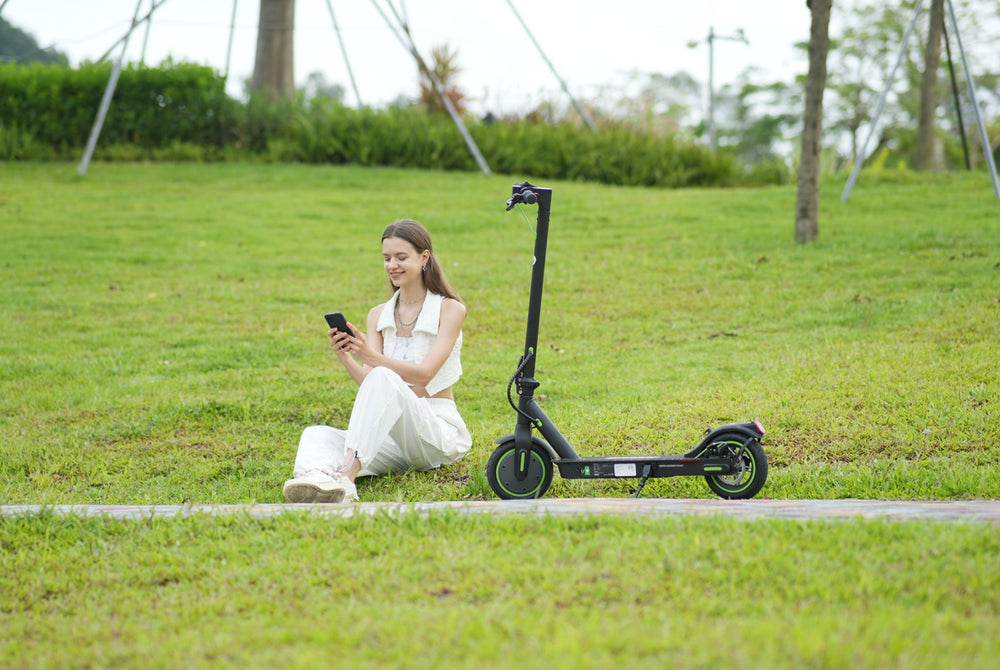
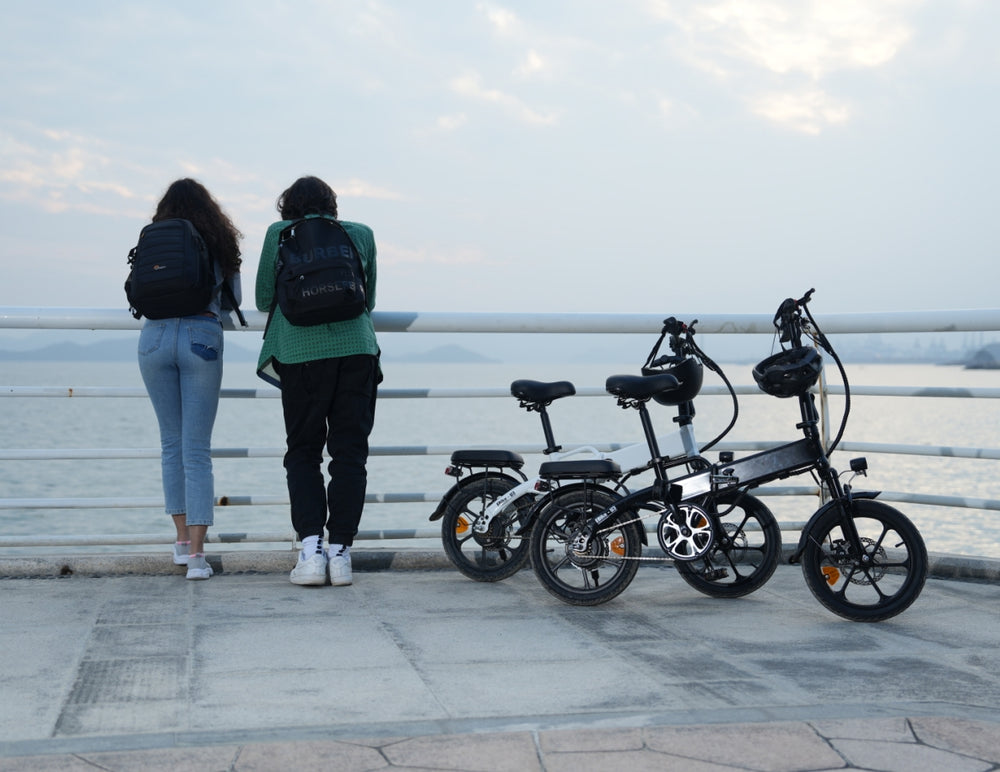
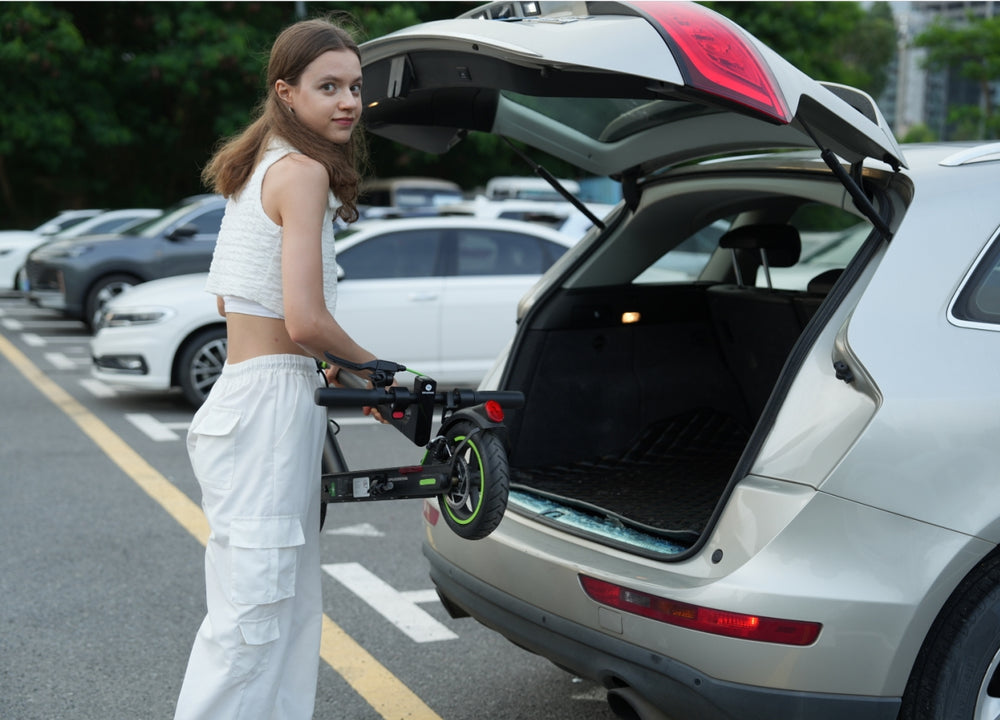

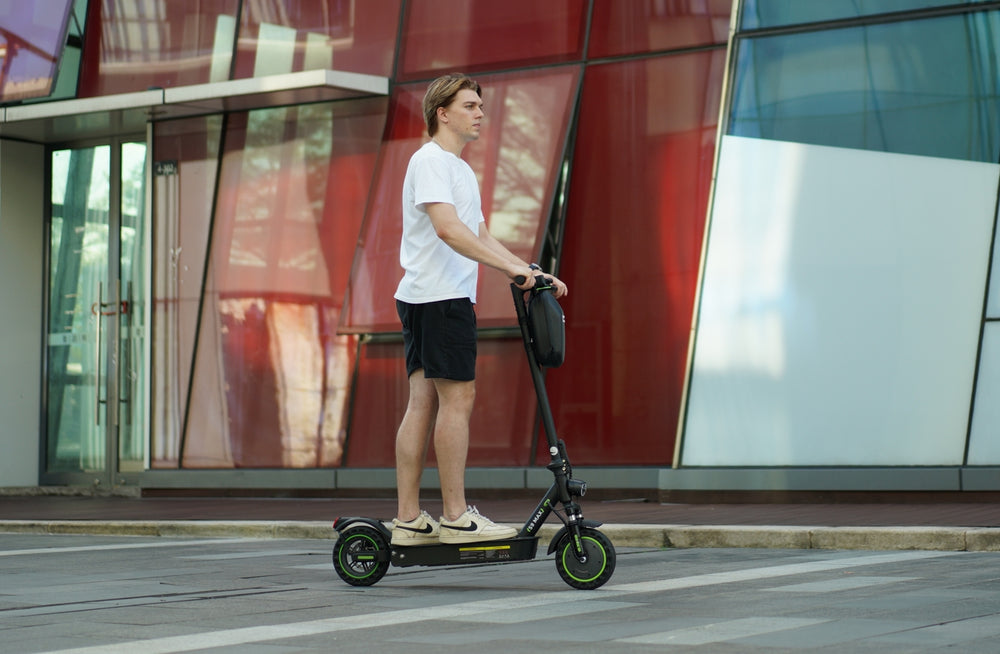
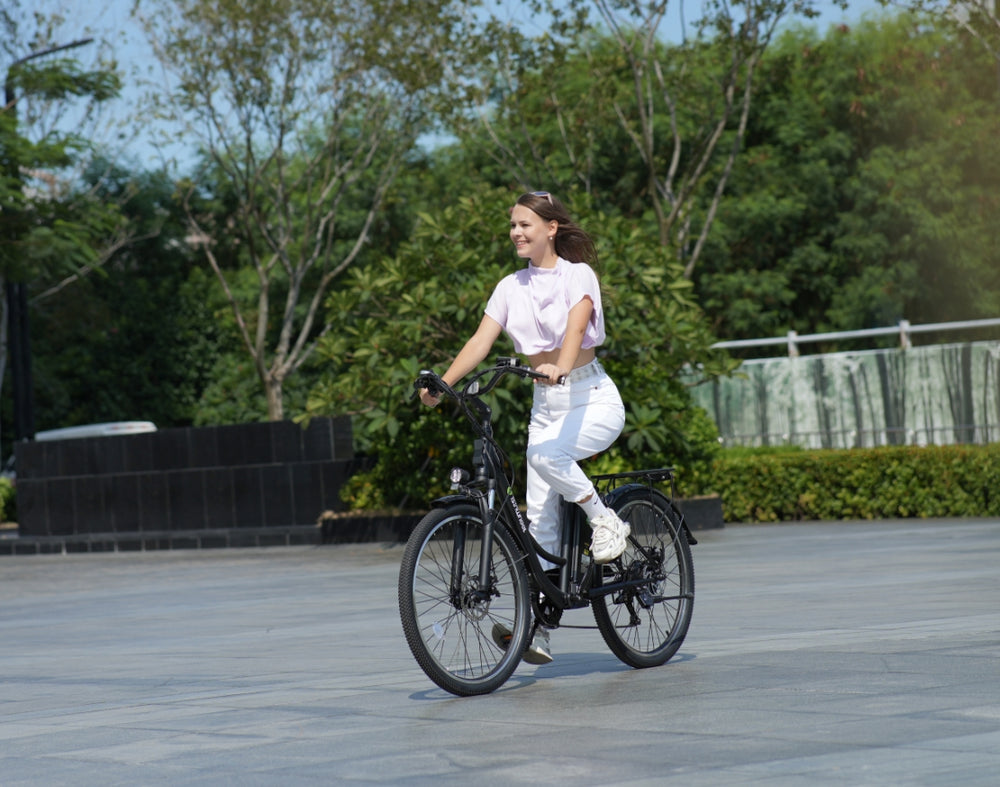
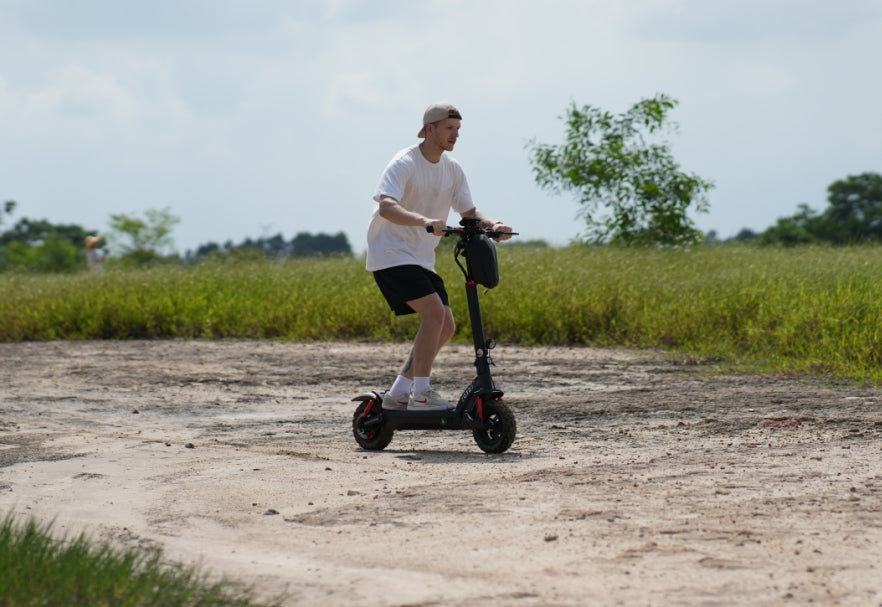
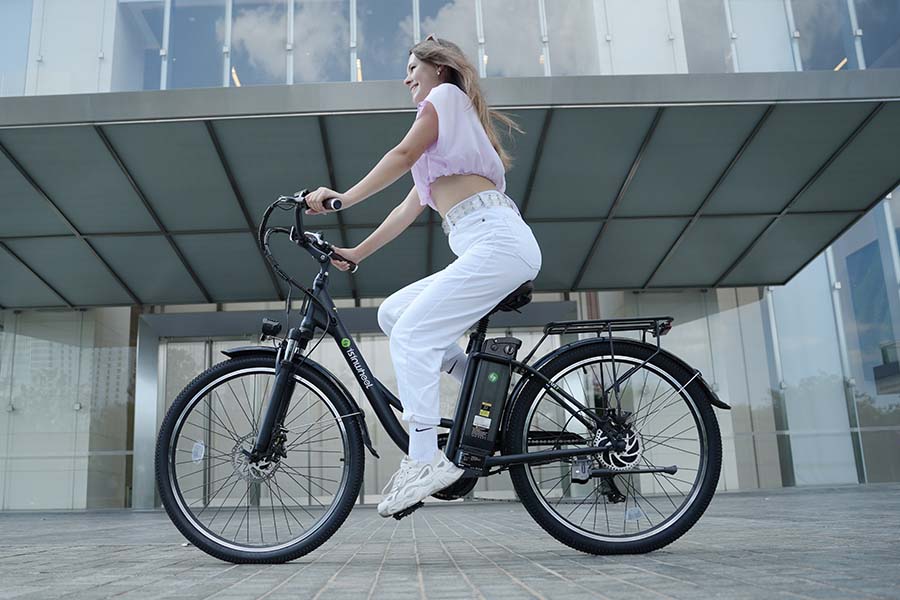


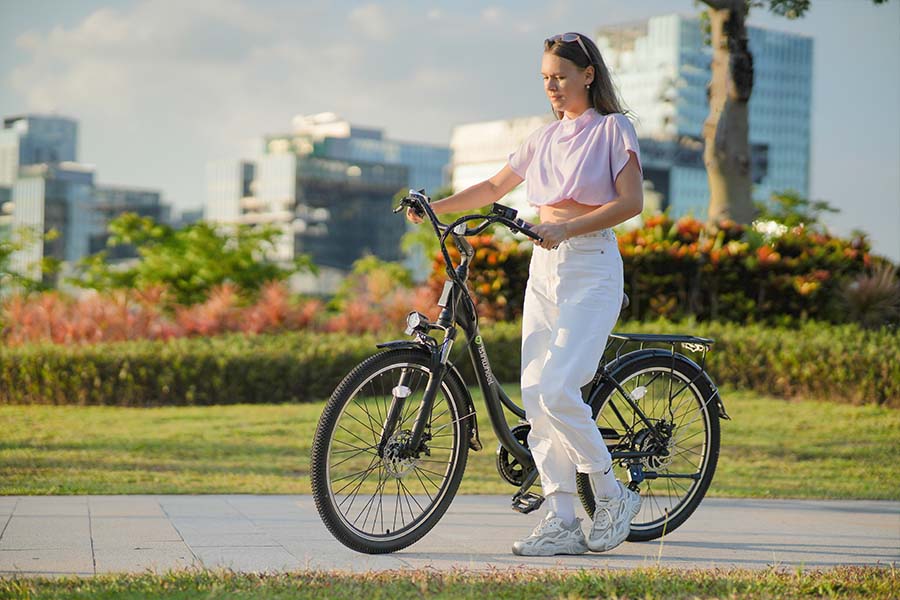
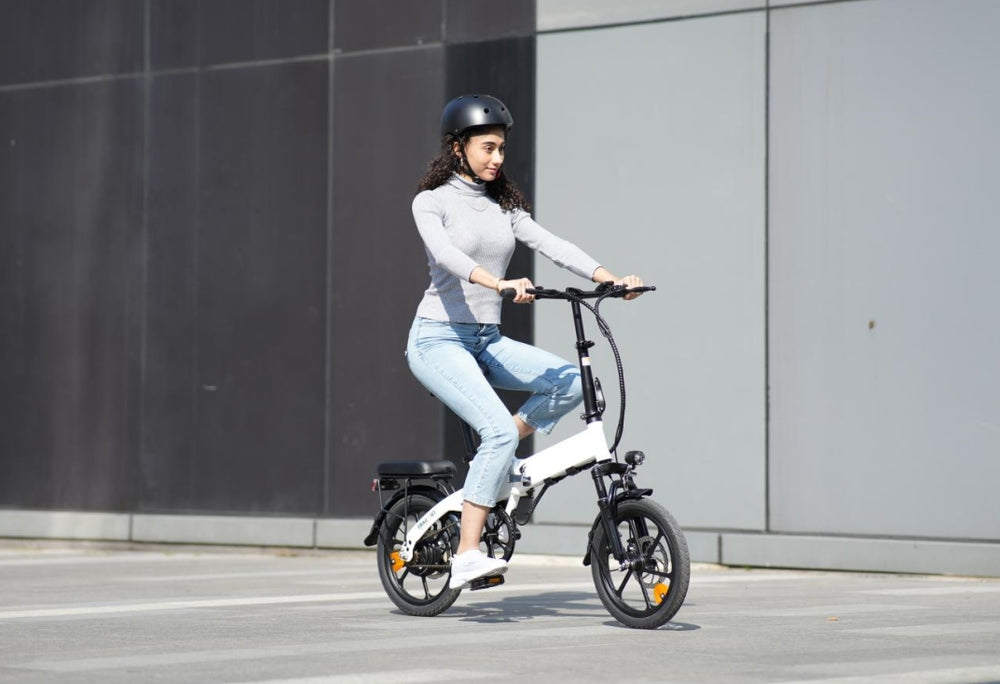
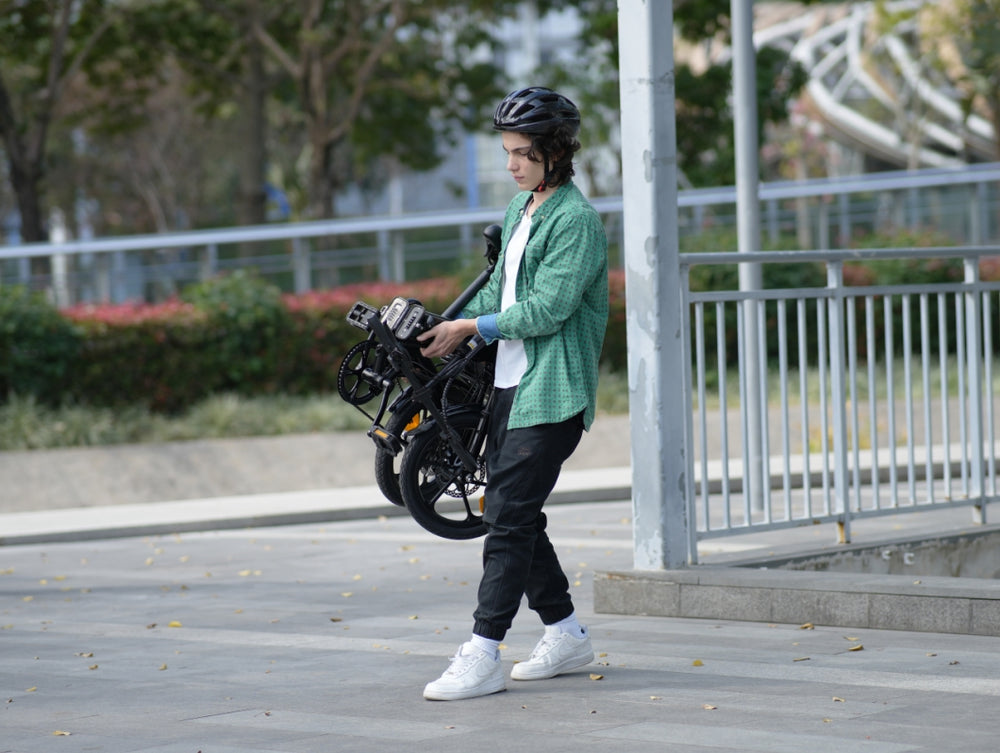
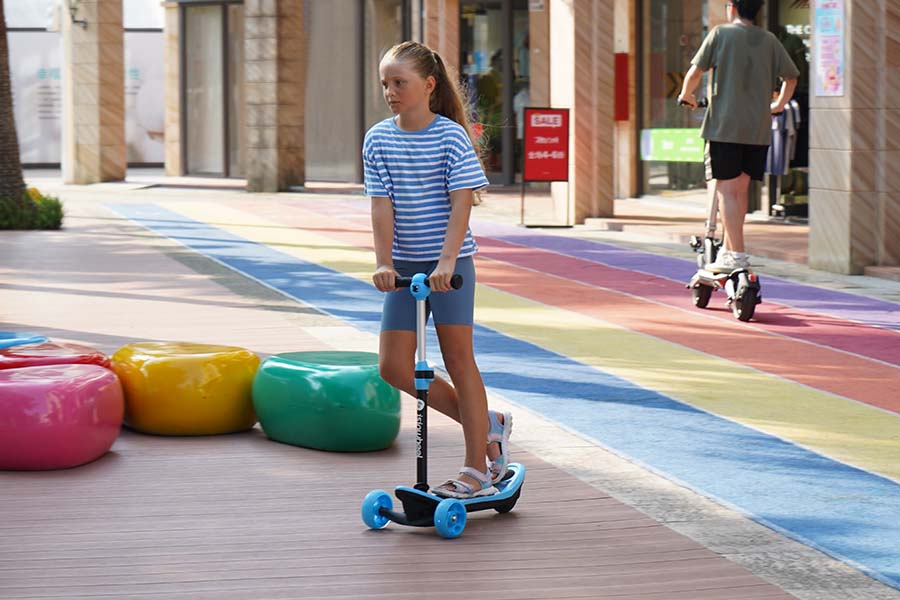

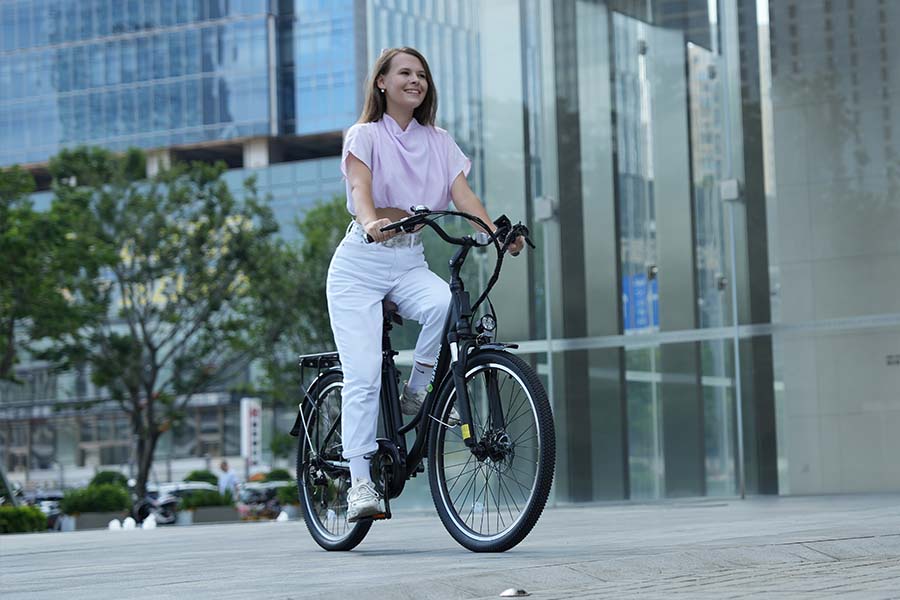

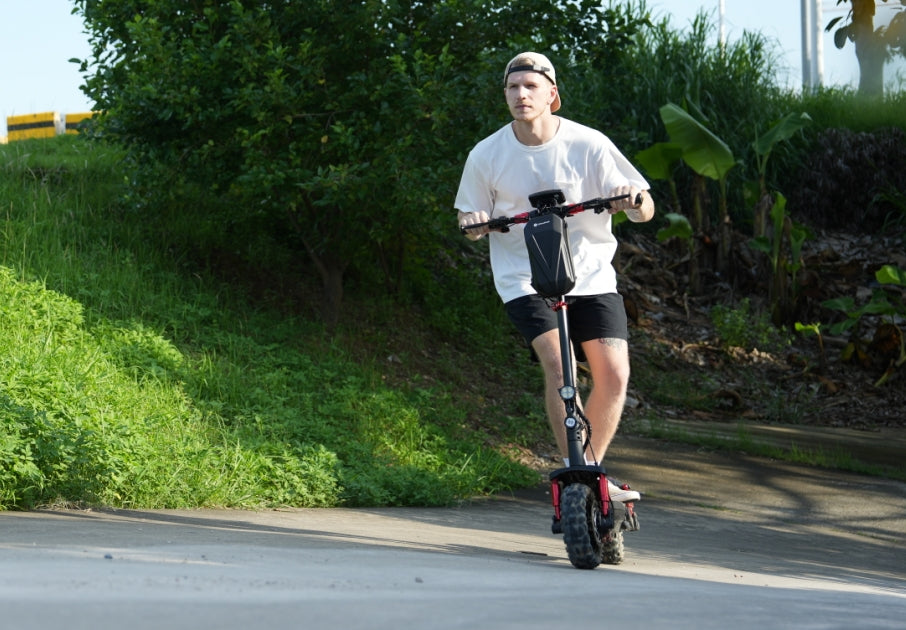

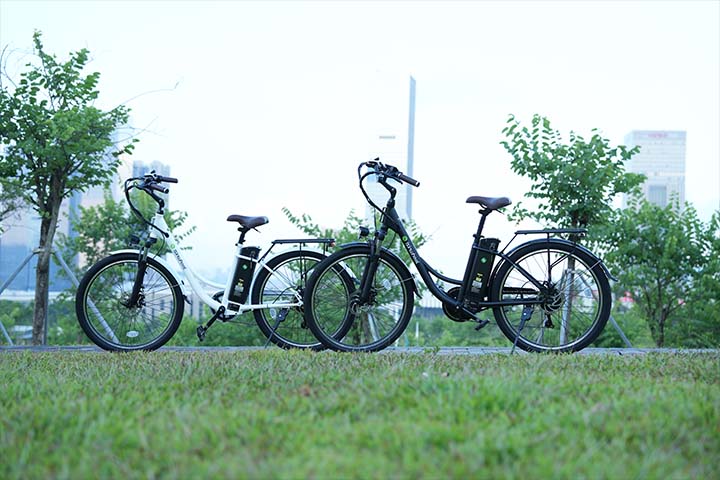

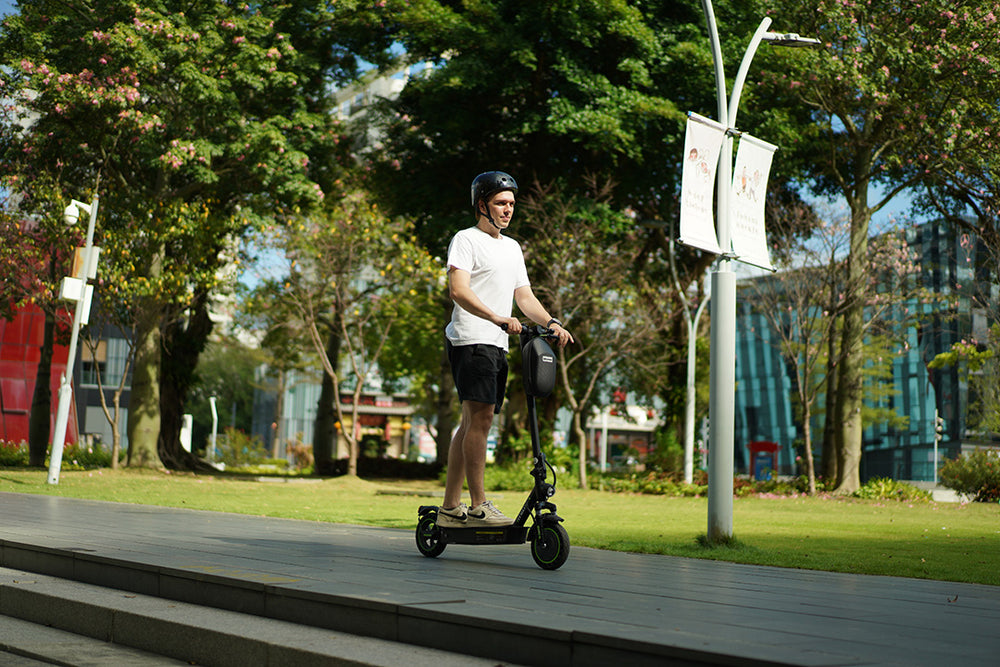
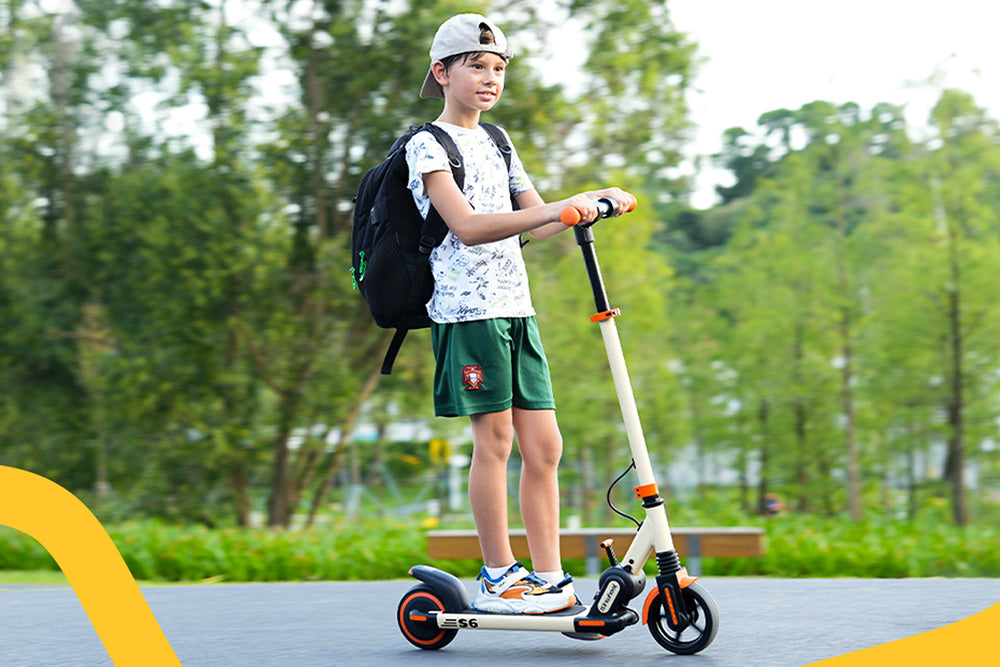
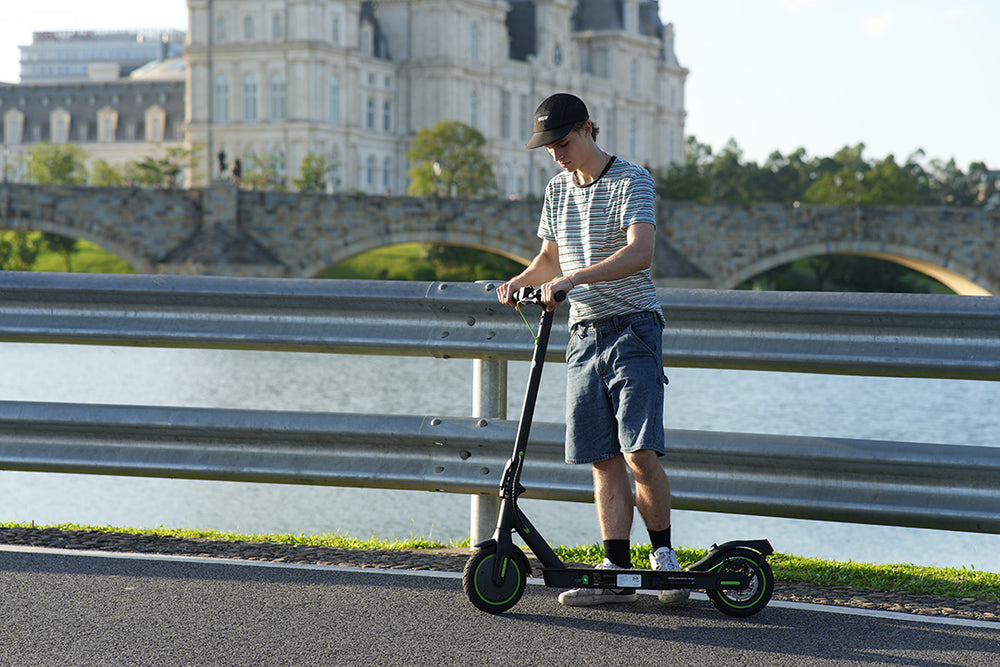
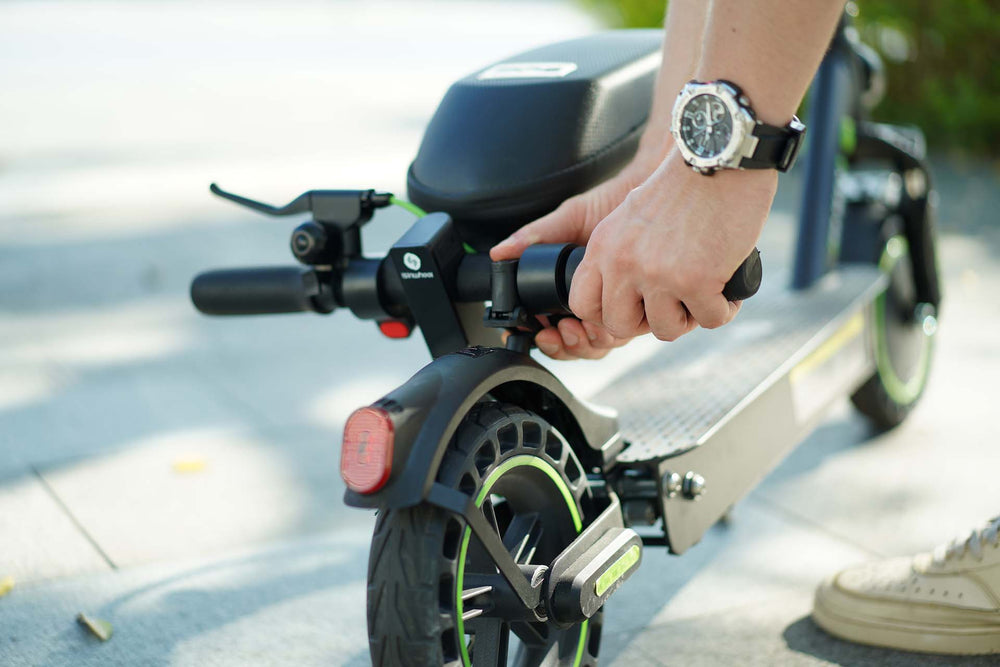





Leave a comment